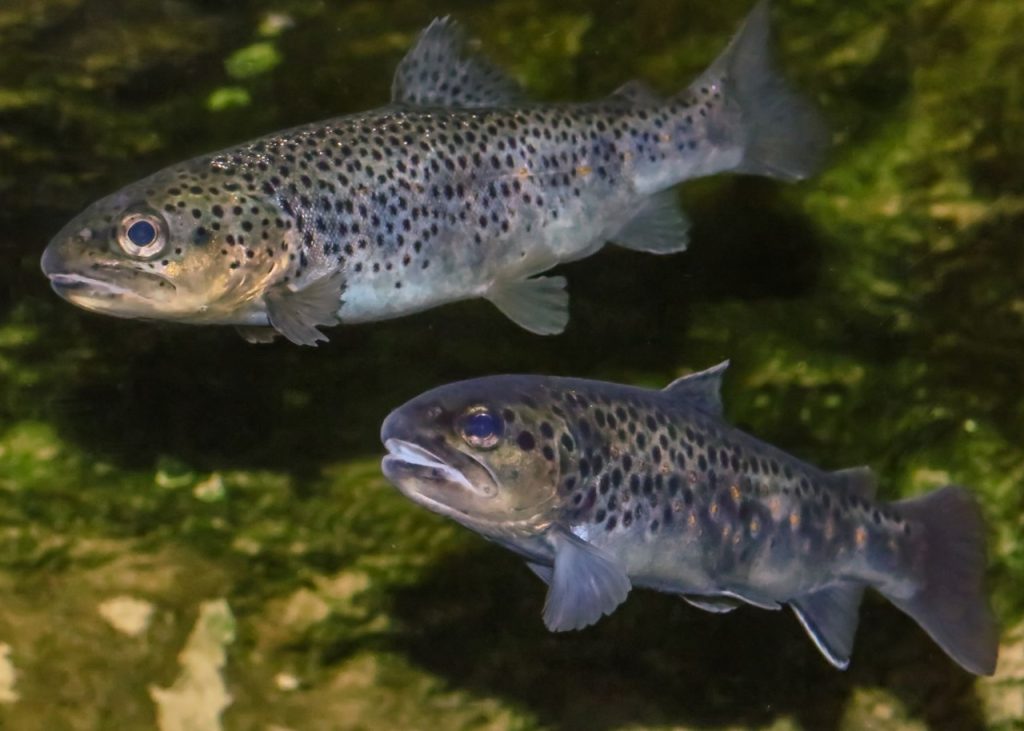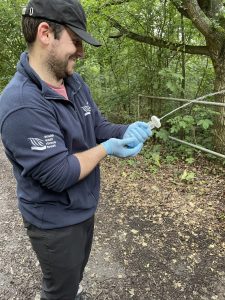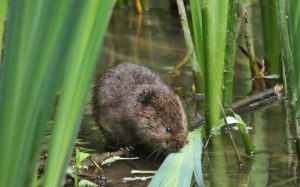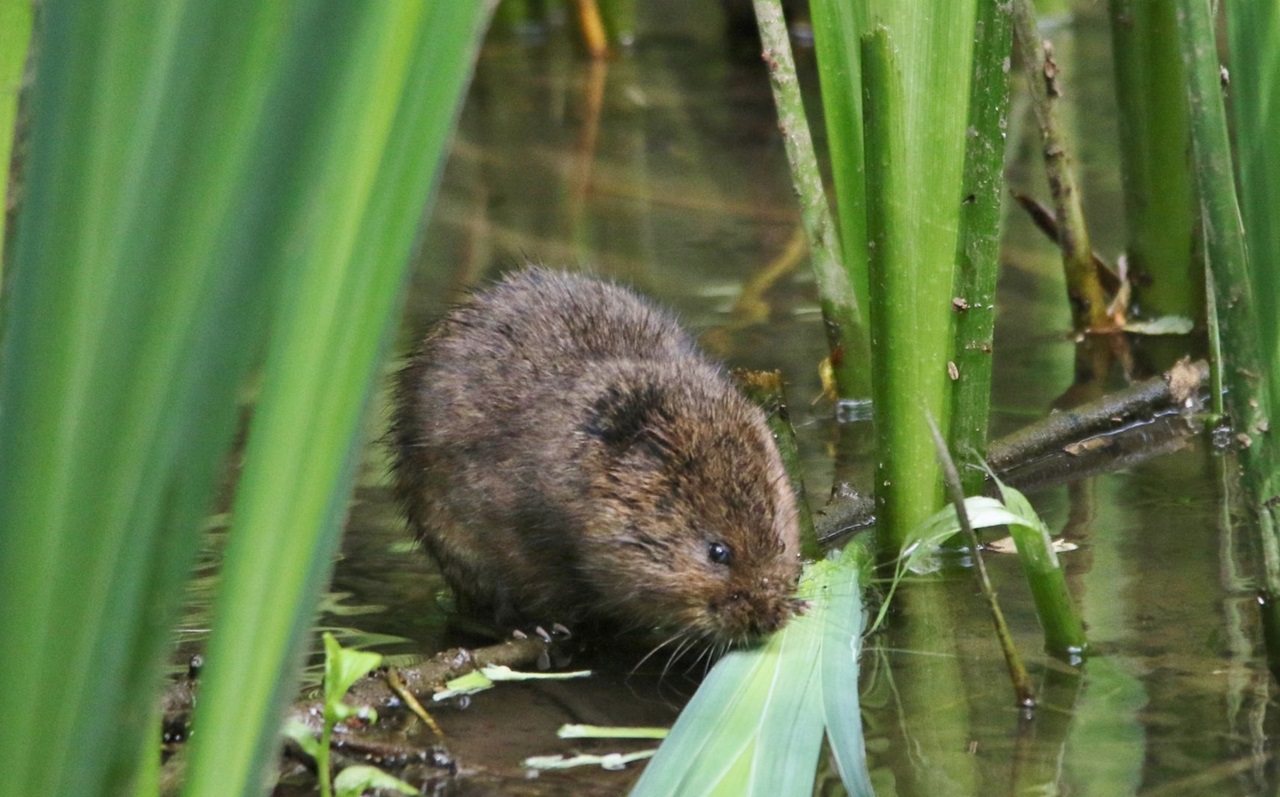Dr Lewis Campbell, one of our Catchment Managers, reports how we have introduced a modern method of assessing what’s in rivers to our armoury.
Traditionally, a variety of methods have been used to evaluate biodiversity and to understand whether or not a specific species is in a particular place in the countryside. When it comes to fish, for example, these survey methods might involve the use of nets or electrofishing equipment. For mammals, methods can involve field surveys looking for footprints, droppings, burrows and dens, or installing hidden cameras that are automatically triggered with movement. When studying birds, ecologists might spend time in the field searching for visual signs or identifying different species by their calls.

For smaller creatures, such as amphibians, reptiles and even invertebrates, various types of traps can be deployed so that the animals can be collected and counted before being released again.
One thing that this diverse set of methods all have in common is that they require a large amount of time to be spent on site. More recently, conservationists have begun to use environmental DNA, or eDNA for short, as a tool to understand species distribution. As animals go about their daily lives, they are continually shedding cells into their environment. These cells might come from their hair, skin, saliva, or even their waste, but they all contain the genetic material (DNA) belonging to that animal within their nucleus. This is environmental DNA.
Rivers could be compared to a soup containing cells and DNA from all of the organisms that live in or near by the water.
Simply by collecting a water sample, we can gain a snapshot of all the animals that were in the local vicinity at the time. We pass river water through an extremely fine grade filter, then generate and analyse the genetic sequences that the sample contains. A single water filter sample can reveal the presence of hundreds of different species from right across the animal kingdom.
eDNA is quite a modern technique. The first example to detect species in a freshwater environment was in 2008, when French researchers used the technology to detect invasive American bullfrog. Since then, technology and its potential applications have improved and expanded rapidly.

The analysis portion of this work requires numerous pieces of cutting edge technology and very powerful computers, but collecting a water filter sample is very straightforward and quick. This means that it is possible to comprehensively survey the biodiversity at a location much more efficiently than is possible using many traditional methods.
The only major drawback of eDNA surveys is that they can currently only provide information on whether a species was or was not in a given location but not how many were there. For example, using eDNA you could say “I did detect salmon in my river” but not “there were 50 salmon in my river”.
This means that it is a particularly powerful first pass tool for determining presence or absence of a species, which would then by followed up with more targeted traditional surveys. Therefore, eDNA will never replace the valuable work of professional ecologists, but is certainly a very important emerging tool in the conservationist’s arsenal.
At the South East Rivers Trust we are beginning to use eDNA to understand the biodiversity in our rivers before, during, and after our restoration work. This is critical to developing an understanding of whether or not the projects that we undertake are having the desired positive outcomes for the wildlife that call our rivers home.
An important example of this type of baselining is our WET Hogsmill. This is funded by Natural England and aims to kick start the recovery of several species of concern in the River Hogsmill in South West London.
These species – water vole, European eel, and brown and sea trout – are imperiled across our river network, but all of them historically called the Hogsmill home.

Our WET Hogsmill project will enhance the river to make it more accessible and more useable for these species, aiding their recolonisation of the river. Environmental DNA is a great tool for us to demonstrate where these species are living along the river. The aim is that over time this will document increases in the numbers of places where specific species are found along the river.
So far we have undertaken a baseline eDNA survey at several points along the Hogsmill, from near its source, to its confluence with the Thames at Kingston. We collected water samples that were used to detect a wide variety of vertebrate species. We found mammals including red fox, grey squirrels, and wood mice. We detected fish including barbel, chubb, stickleback, and many others. We also found birds including the majestic kingfisher, grey heron, magpie, moorhen, coots, and parakeets.
Importantly, we also detected the presence of eel, water vole and brown trout at locations on the Hogsmill, so we know those species are present and we hope that our work will help them to become better established on the river.
The initial survey’s results can be found on our Storymap and we will continue to monitor the river with annual eDNA surveys – so watch this space!

